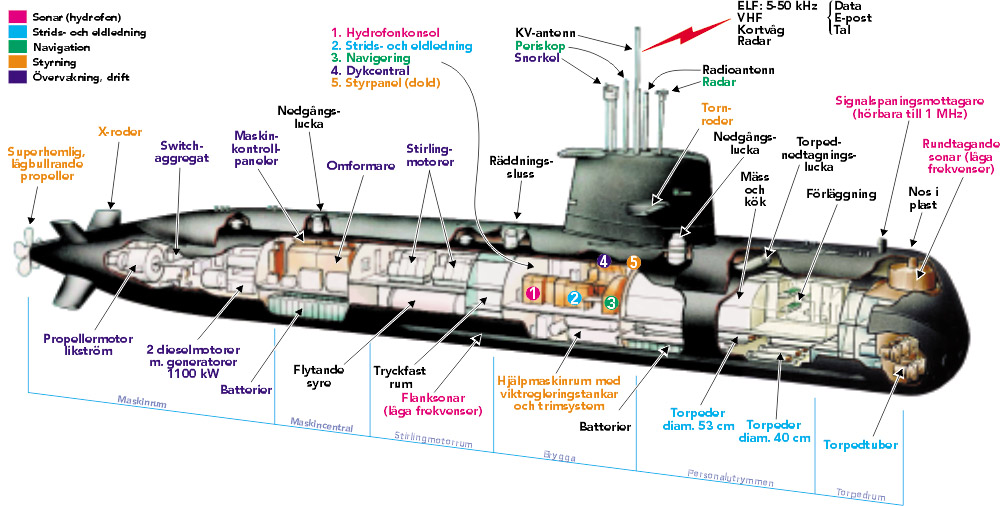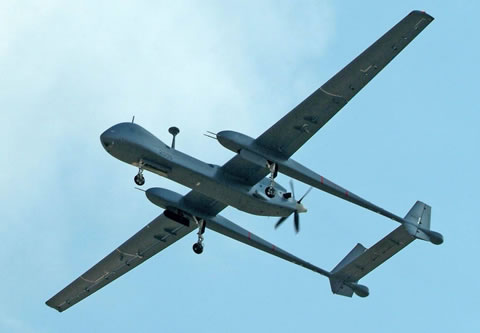
India will narrow down the number of bidders by mid-2010 for its $11 billion fighter jet tender, a minister said, in a closely watched deal where diplomacy and strategic interests will play a big role.
Lockheed Martin's F-16 is competing with Boeing's F/A-18 Super Hornet, France's Dassault Rafale, Russia's MiG-35, Sweden's Saab (SAABb.ST) JAS-39 Gripen and the Eurofighter Typhoon, produced by a consortium of European companies.
The acquisition of 126 air and ground attack fighters will elevate India's air force to a super-power status, with deployments planned near the western and northeast borders to tackle any threats from Pakistan or China, officials say.
India fears China could be trying to strategically encircle it as they jostle for resources and global influence, while Pakistan has the U.S. F-16 fighters in its fleet, forcing New Delhi to buy planes that can shoot at targets 30 miles away.
"The trials should conclude by the middle of this year," Pallam Raju, India's junior defence minister, told Reuters on the sidelines of an arms fair in New Delhi this week.
"Once the trials are concluded, then we will be looking into the financial bids. We are speeding up things."
While Lockheed's F-16 has completed trials which began last August, the other five, including the MiG-35 from Russia, India's traditional supplier of weapons, and Sweden's Gripen, are in the midst of field trials. The phased trials will end by April.
Interest into the lucrative deal picked up worldwide after India's ambassador to Italy told reporters in Rome last month that the Eurofighter Typhoon, conceived and built by Germany, Spain, Italy and Britain, was leading in the race.
This week, Indian Defence Minister A.K. Antony took some flying lessons at the New Delhi fair in a cockpit simulator of the Eurofighter, which defence officials privately acknowledge is a frontrunner to win the contract.
New Delhi is also keen to diversify its weapons acquisition from European countries, said Brahma Chellaney, a professor on strategic studies at the Centre for Policy Research.
"By engaging in this campaign, India would ensure virtually a partnership, a strategic partnership on the political level with the rest of Europe," Matthias Schmidlin, campaign director of the Typhoon, told Reuters.
DEEPENING U.S. TIES
Security experts say New Delhi's growing ties with Washington, seen as a counterweight against China, might tilt the scale towards the two U.S. companies in the fray.
India and the United States signed a landmark civilian nuclear deal in 2008 and another pact in July last year, facilitating the entry of U.S. companies like Lockheed and Boeing into India's lucrative defence market.
"Over the last few years, the U.S.- India relationship in the defence sector has strengthened significantly and we are very optimistic regarding the future of this relation," said Vivek Lall, head (India) of Boeing defence.
Indian Air Force officials were also seen getting into cockpit simulators of the F/A-18 Super Hornet and Lockheed's F-16 -- two stalls located near each other at the arms fair.
"But we are not together on this one (trials). It is a keenly fought contest," a Lockheed official said, underlining the fierce contest by defence companies lined up at India's door for a share of the $100 billion defence market pie.
Some experts say the U.S. government's refusal to transfer full technology to India could turn out to be a roadblock when it comes to choosing the fighter India wants.
Russia's MiG-35, and France's Rafale are also keenly watched by experts, and are equally strong contenders, officials say.
"The decison will be based on multiple matrices. First it must match user requirements and then it will go to the political arena," said Uday Bhaskar, director of the National Maritime Foundation, a New Delhi-based defence think tank.




















